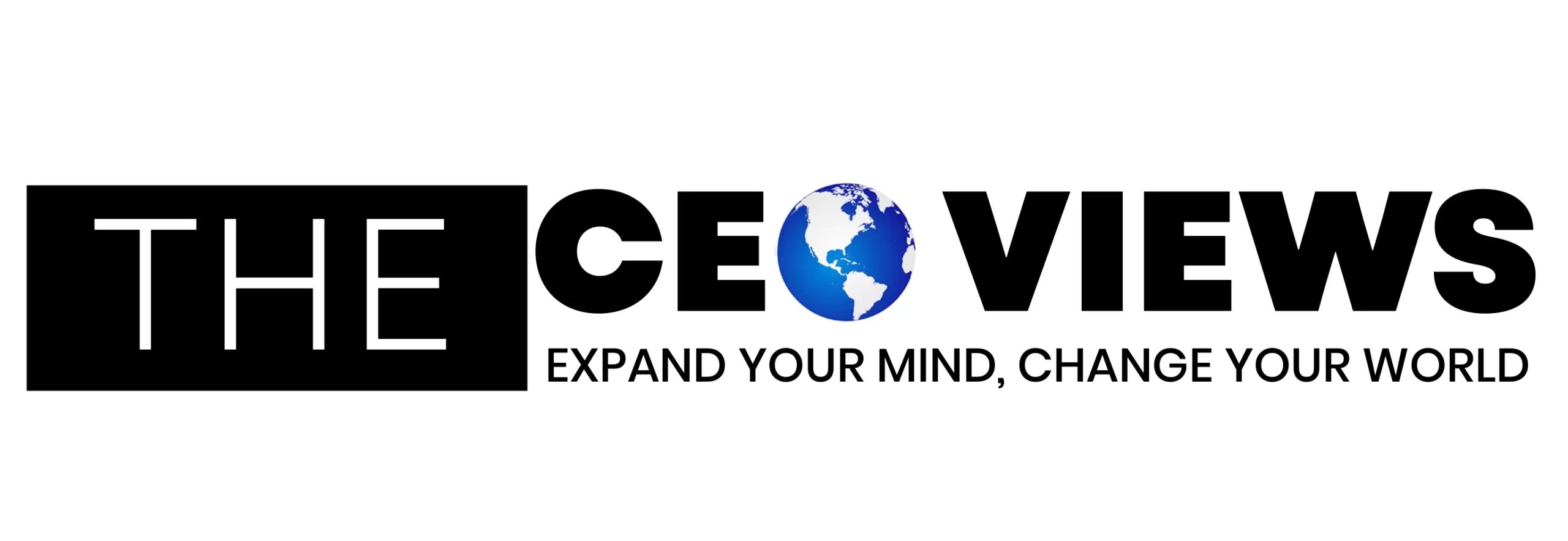In today’s digital landscape, global data regulations are more complex than ever. As CEOs, we must balance innovation with rigorous controls, centralizing sensitive documents, audits, and access logs in a secure workspace. Many teams Use a Data Room to standardize evidence collection, permissioning, and cross-border reviews while maintaining defensible compliance.
From GDPR to CCPA and beyond, mapping requirements to data flows, setting clear retention policies, and enforcing least-privilege access help turn compliance into a competitive advantage, building trust with customers and regulators alike.
Understanding Global Data Regulations
Global data regulations are essential for fostering trust and ensuring the integrity of businesses. CEOs must grasp these complexities to remain competitive and compliant in their markets.
Importance of Compliance
Compliance with data regulations impacts credibility and customer loyalty. Ensuring adherence to standards like GDPR and CCPA reduces legal risks and penalties, preserving our reputation. Companies that prioritize compliance benefit from enhanced customer relationships, as consumers value transparency and data protection. By aligning with these regulations, we demonstrate commitment to safeguarding personal information, which can differentiate us from competitors. Moreover, compliance can streamline operations, making data management practices more efficient while fostering a culture of responsibility within our organizations.
Key Regulatory Frameworks
Several key regulatory frameworks shape global data governance. The General Data Protection Regulation (GDPR) sets strict guidelines for data protection across EU member states. The California Consumer Privacy Act (CCPA) gives California residents enhanced rights regarding their personal data. Brazil’s Lei Geral de Proteção de Dados (LGPD) mirrors GDPR requirements, emphasizing consent and data subject rights. Other notable frameworks include the Health Insurance Portability and Accountability Act (HIPAA) in the United States, which regulates health data, and the Personal Data Protection Act (PDPA) in Singapore, which establishes data protection standards. Understanding these frameworks helps us develop comprehensive strategies for compliance and effective data management.
Identifying Data Regulations by Region
Understanding data regulations by region is essential for compliance and strategic planning. Each area presents unique requirements and challenges that influence our business operations.
North America
In North America, significant regulations include the California Consumer Privacy Act (CCPA) and sector-specific laws such as the Health Insurance Portability and Accountability Act (HIPAA). CCPA impacts businesses collecting personal information from Californian residents, requiring transparency and customer rights regarding their data. HIPAA governs health data, ensuring patient privacy. Other states are adopting their own privacy laws, creating a patchwork of regulations. We must monitor state developments to ensure compliance and avoid hefty fines.
Europe
Europe’s General Data Protection Regulation (GDPR) sets a high standard for data protection globally. GDPR mandates strict guidelines for data collection, processing, and storage, influencing how we manage customer information. Compliance involves appointing a Data Protection Officer and conducting regular impact assessments. Violation can result in severe fines, up to 4% of global revenue. We also observe additional regulations, such as the ePrivacy Directive, which governs electronic communications. Staying informed about updates is critical for maintaining compliance and safeguarding customer trust.
Asia-Pacific
The Asia-Pacific region features a diverse landscape of data regulations. Notable frameworks include the Personal Data Protection Act (PDPA) in Singapore and Australia’s Privacy Act. The PDPA emphasizes consent and data minimization, while the Privacy Act outlines principles for handling personal data. Countries like Japan enforce strict data transfer rules under the Act on the Protection of Personal Information (APPI). We must adjust compliance strategies to fit each jurisdiction’s nuances, paying attention to evolving laws to protect our data and reputation.
Best Practices for CEOs
Understanding global data regulations requires a robust approach. CEOs can implement best practices that foster compliance and promote a culture of responsibility within their organizations.
Building a Compliance Strategy
Developing a comprehensive compliance strategy starts with assessing the specific regulations applicable to our operations. We evaluate existing data handling processes to identify gaps and areas for improvement. We prioritize collaboration among legal, IT, and compliance teams to create a unified approach. Regular audits and monitoring are essential to ensure adherence to evolving laws. We allocate sufficient resources to compliance initiatives, including technology solutions that streamline data management and reporting. Establishing metrics to measure compliance effectiveness allows us to adapt strategies as needed.
Training and Awareness for Employees
Training programs enhance our employees’ understanding of data regulations and the importance of compliance. We conduct regular workshops and informational sessions tailored to different roles within the organization. Clear policies and guidelines outline staff responsibilities regarding data protection and handling. We foster an environment where employees feel comfortable reporting potential issues or breaches. Continuous education ensures our workforce stays informed about new regulations and best practices, reinforcing our commitment to data protection and compliance.
Leveraging Technology for Compliance
We can utilize technology to enhance our compliance efforts with global data regulations. By implementing the right tools and automation, we streamline our processes and ensure adherence to legal requirements.
Data Management Tools
Data management tools provide essential infrastructure for maintaining compliance. We use solutions such as data discovery, classification, and governance software to identify sensitive information. These tools facilitate accurate data mapping and enable us to track data flows effectively. By ensuring that data is categorized correctly, we minimize the risk of non-compliance with regulations like GDPR, CCPA, and others. Comprehensive management platforms also support audit trails, showcasing how we handle data throughout its lifecycle.
Automation and Analytics
Automation and analytics play significant roles in compliance efficiency. By deploying automated workflows, we can quickly respond to data access requests and incident management processes. Analytics software provides insights into data usage patterns, helping us identify compliance risks proactively. Regular reporting and monitoring ensure that we stay ahead of regulatory changes. These technological advancements empower us to maintain transparency and address compliance issues effectively, ultimately reinforcing customer trust. For more in-depth information, check out the International Association of Privacy Professionals as a valuable resource.











